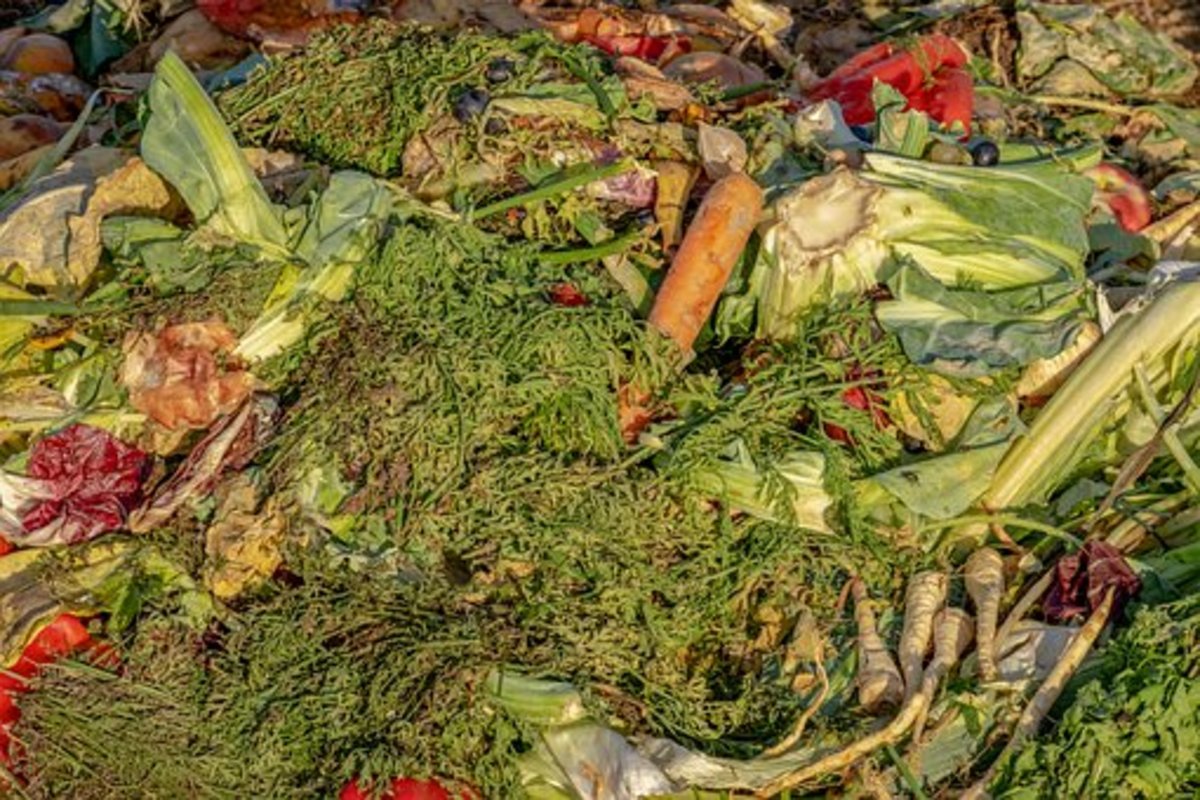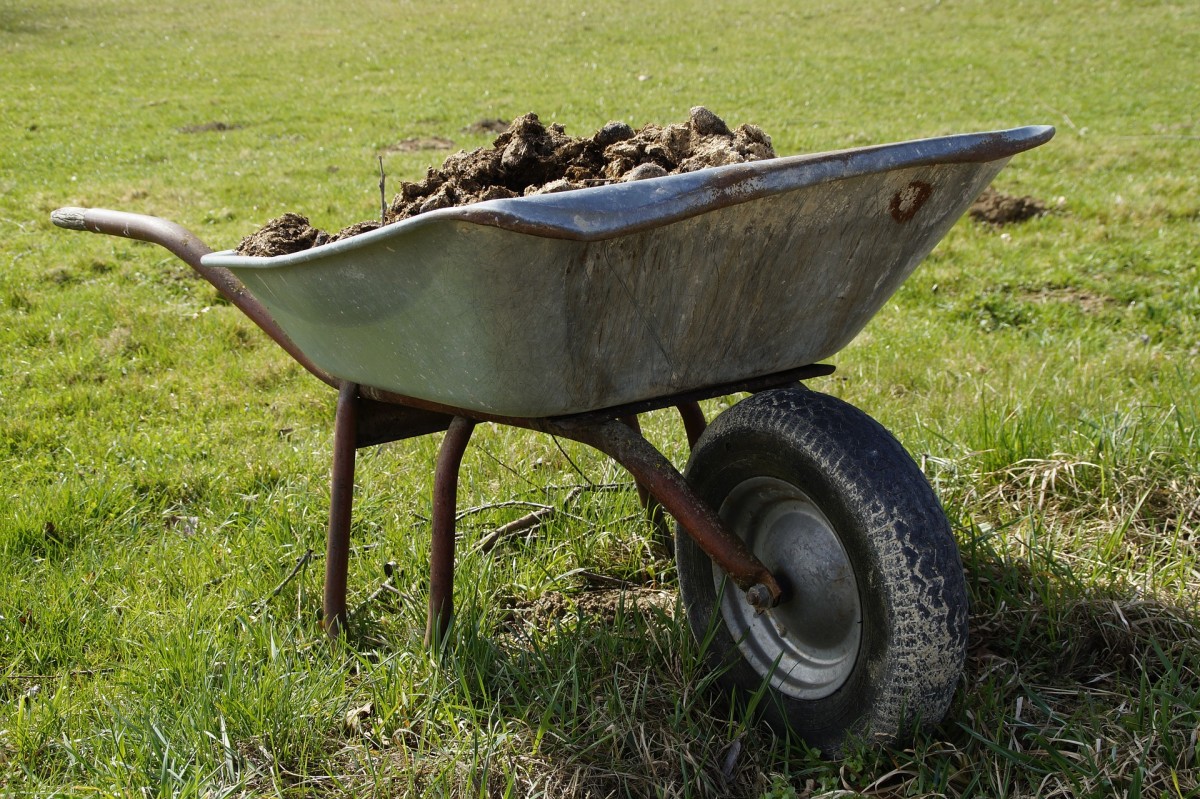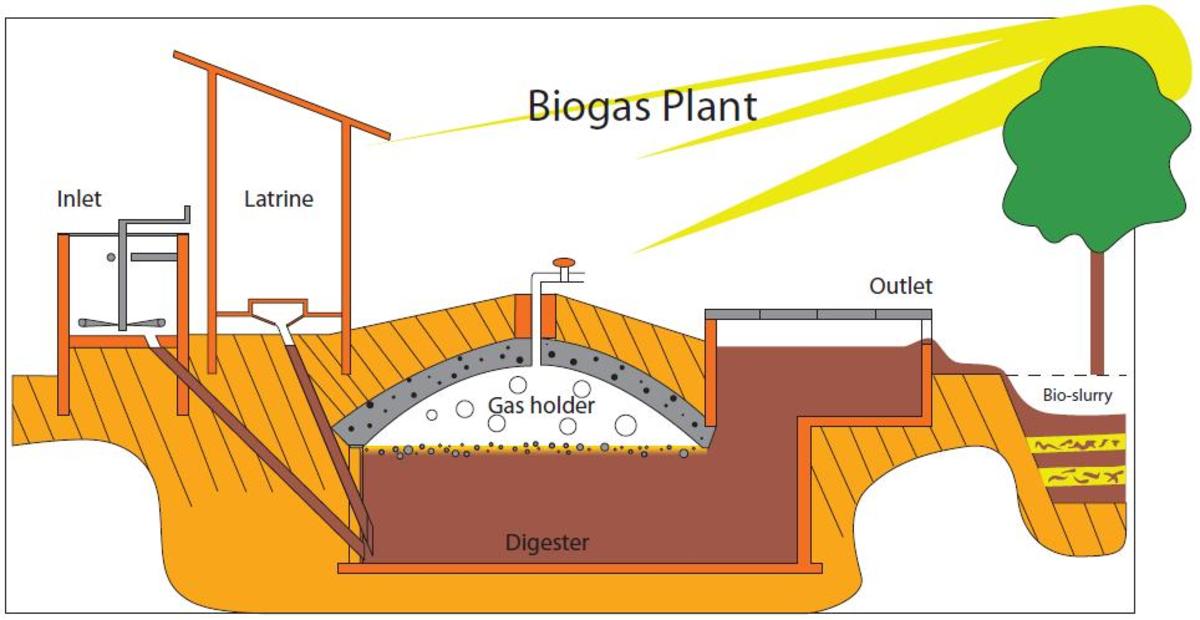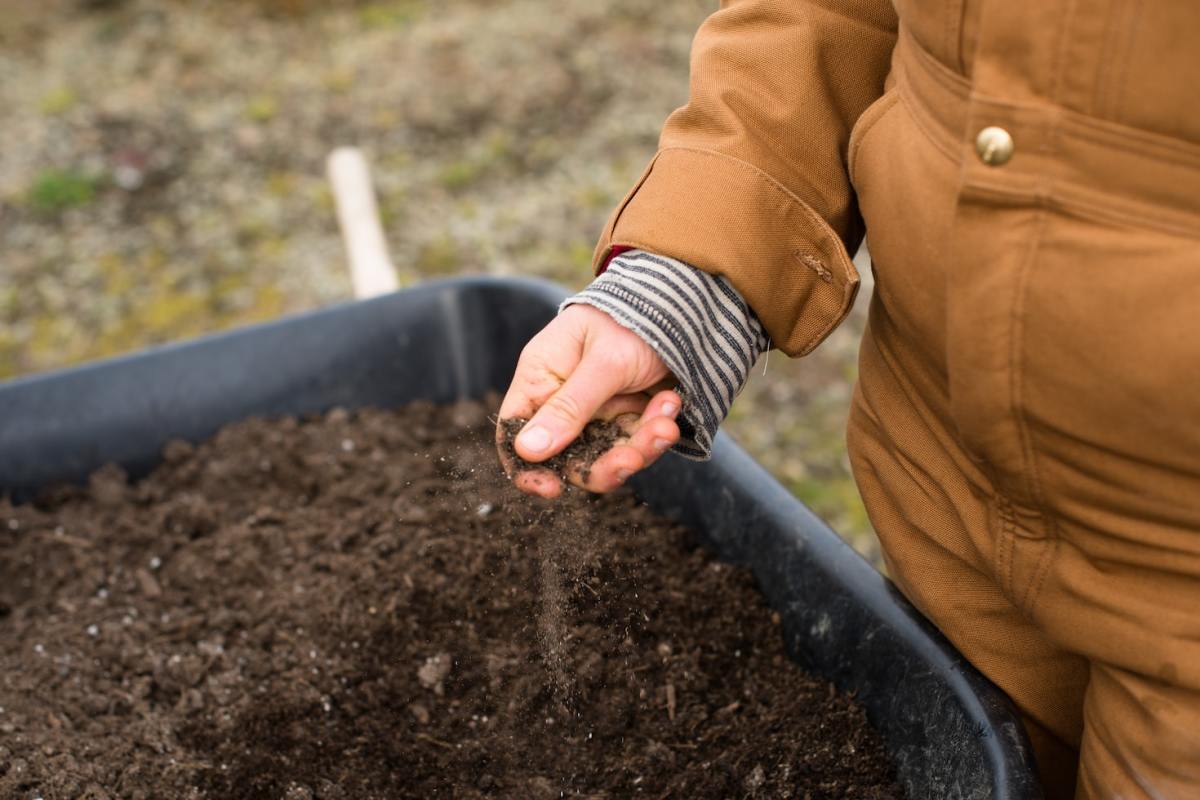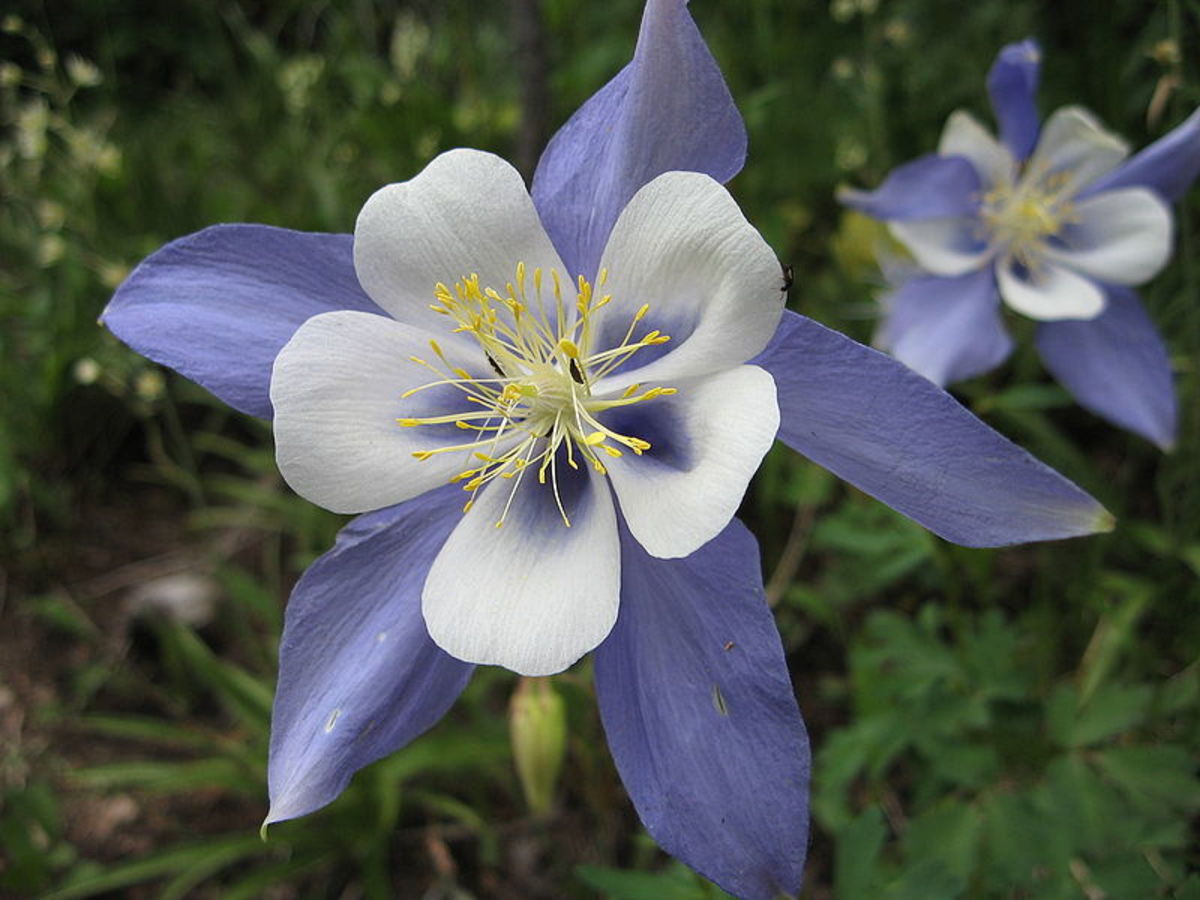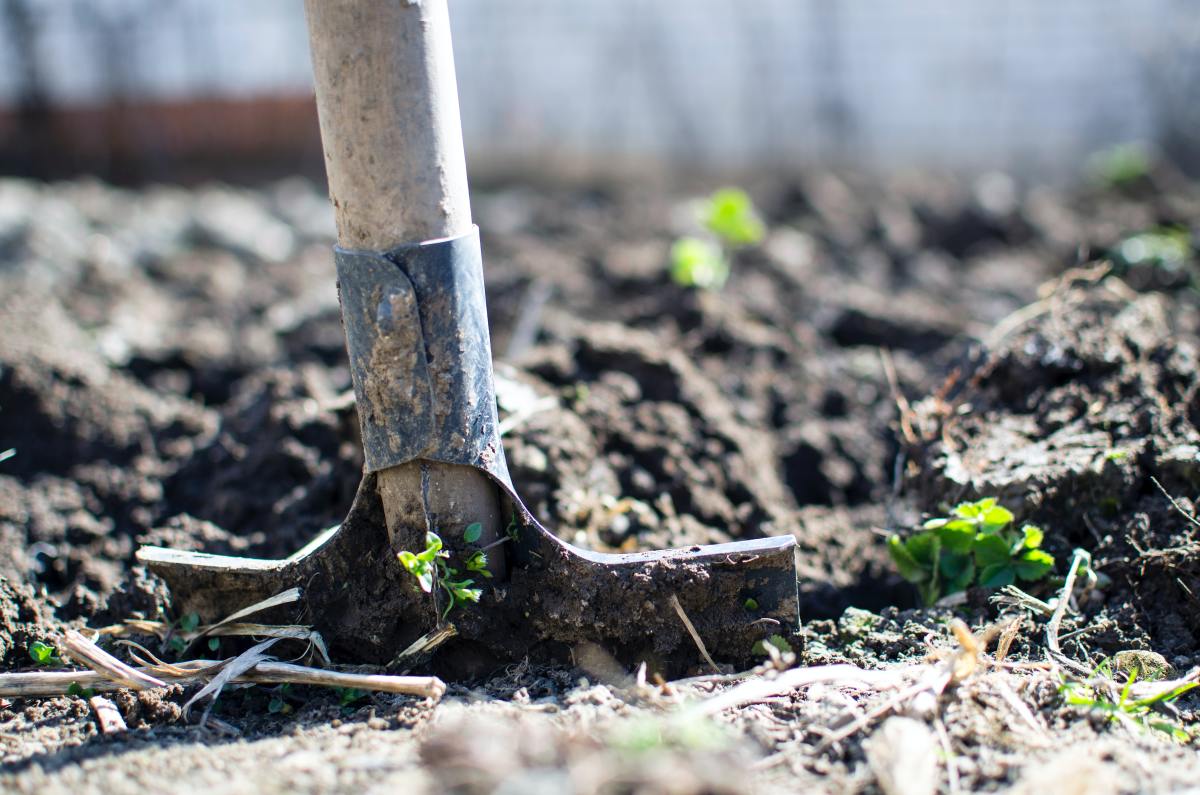Importance of Soil Organic Content
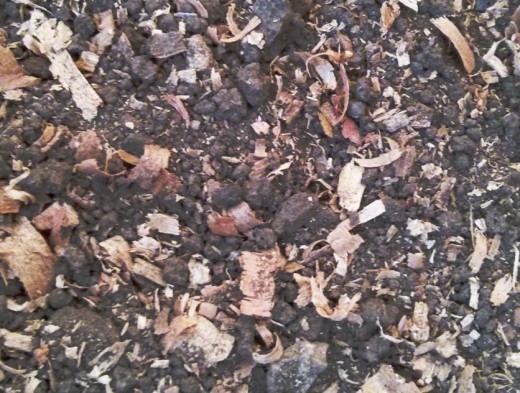
Soil organic content has many benefits for improving soil characteristics and plant growth. The benefits go beyond improving the physical aspects of the soil and decreasing watering requirements, as there are improvements in the soil biology and the availability of nutrients.
There are good ways to help improve organic content and there are shortcuts that you can use like adding sawdust to your topsoil. These different options and their benefits and pitfalls are discussed below.
Soil Organic Matter Improves Soil Physical Characteristics
The presence of organic matter improves the physical characteristics of a soil in many ways that help support healthy plant growth. Here is a list of factors that improve with its presence:
- Water holding capacity and water penetration
- Tilth (ease of tillage, ability to work with the soil and support root growth) - This works with clay soils when organic matter is regularly added over a period of a few years.
- Aeration - plant roots need air to support respiratory chemical functions
- Increases the biological diversity in the soil which helps prevent some plant disorders
- Increases the availability of nutrients to plants and microorganisms to make a healthy soil environment
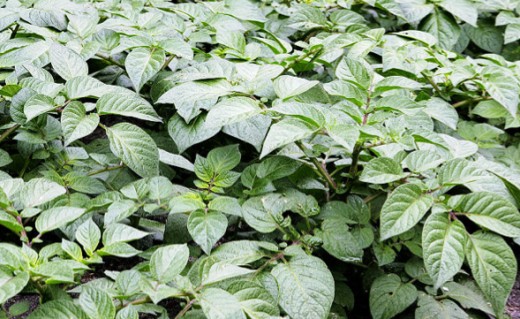
Organic Matter Effect on Soil Biology
As briefly mentioned above, organic matter provides a substrate to increase the biological activity in the soil. Microorganisms utilize various portions of the organic matter to support their growth, and in doing so, they provide nutrients for other organisms. There is also a positive effect on the binding of soil particles to each other as the result of soil biological activity. This helps improve soil structure, especially on loose, sandy soils. Soil aggregates can also improve clay soils.
As a result of biological activity on soil organic matter, a valuable compound called humus is formed. Humus is a complex substance composed of carbon, phenolics, proteins and lignin. The sub-components of humus have been show to help increase plant growth. This is discussed more thoroughly in the next section.
Plant root diseases are also reduced in soils which have significant biological activity associated with soil organic content. Because of the increased microbial diversity of the soil, there are higher numbers of organisms which can out-compete, and in some cases parasitize, disease-causing organisms like plant parasitic nematodes and water molds like Phytophthora and Pythium.
The Benefits of Improving Organic Matter Content in Farmer's Fields
Choosing the Proper Soil Organic Content to Add
As shown in the first photo above, some people add sawdust to their topsoil. This is okay if you can frequently add nitrogen to the soil, because the microorganisms that degrade it use up the available soil nitrogen. Thus, your plants will very likely show nitrogen deficiencies.
If you do have sawdust or any other non-degraded raw material like rice bran or peanut hulls, it is best to compost it for a while before you use it. Composted organic materials are better overall choices for organic soil amendments. The composting process may take more patience, but it will pay off to wait and use these materials when they can fully benefit the soil without robbing it of needed nutrients for plant growth.
Peat moss is used by many to improve soil characteristics, especially in potting soils. It differs from compost in that it has no significant nutrient contribution to the soil. This can be compensated for by using slow-release fertilizers or regular liquid fertilizer addition to the growing plants.
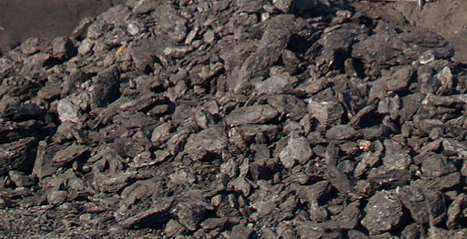
Effect of Humus on Plant Growth
Degraded organic matter makes a very valuable product in the soil - humus. Humus is a complex mixture of various chemicals that are rich in carbon. Humins and humic acid are the darkest compounds which lead to the darkening of topsoil due to the presence of organic matter. Humic acid is water soluble and it percolates through the soil profile more readily than the water-insoluble humins. Fulvic acid is also an important component in humus. All of these compounds have been implicated in causing increases plant root growth, and in some cases, yield. There are commercial liquid and granular products available on the market that are made from a lignite component called leonardite. These products are being tested and used in commercial agriculture now.


